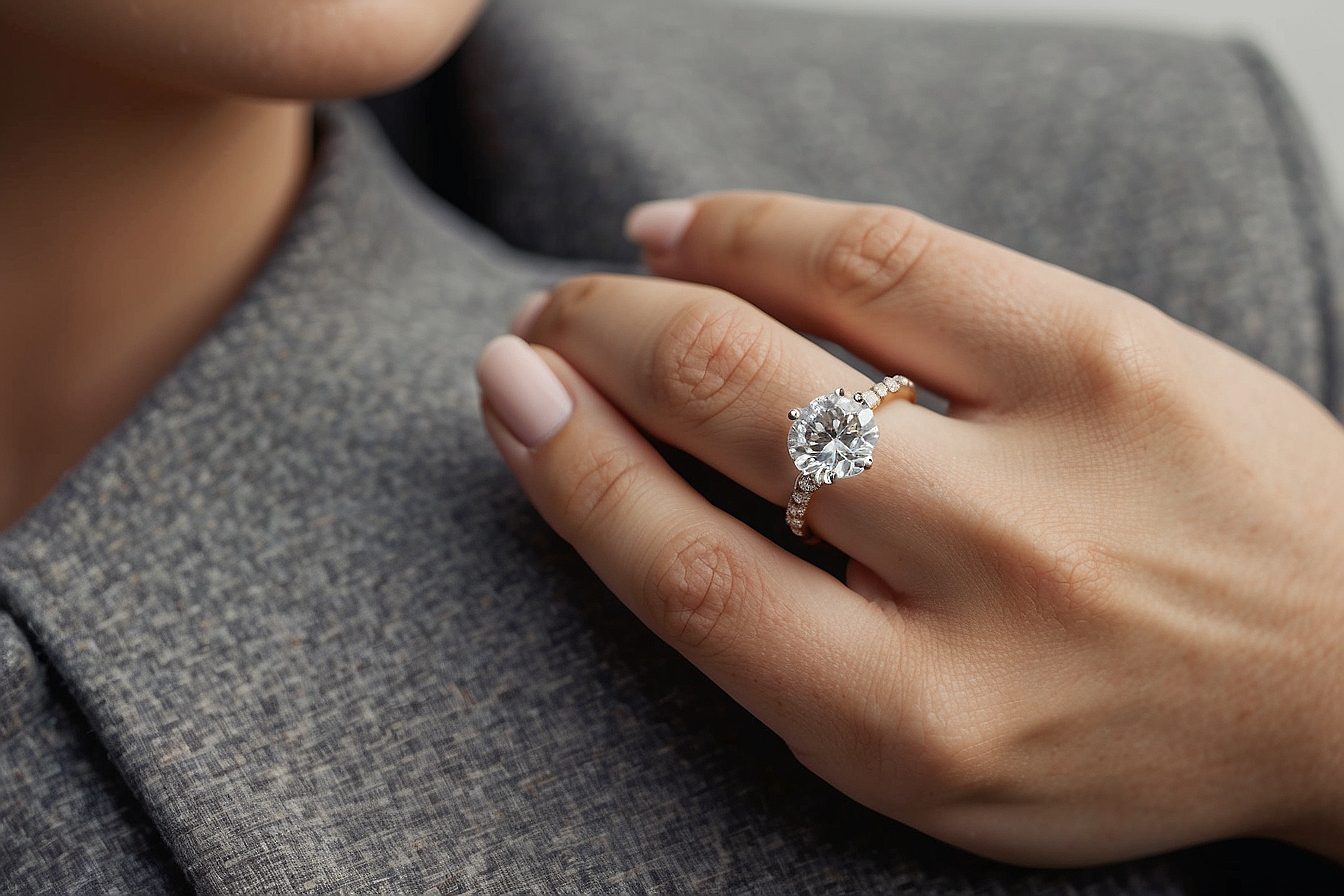Comme des Garçons, which translates to “Like Boys” in French, is a name synonymous with avant-garde fashion. Founded in Tokyo in 1969 by Rei Kawakubo, the brand has consistently defied conventional fashion norms, offering a unique blend of creativity, innovation, and artistry. This article delves into the history, design philosophy, and cultural impact of Comme des Garçons.
The Origins of Comme des Garçons
Rei Kawakubo: The Visionary Founder
Rei Kawakubo, a former art student, ventured into fashion with no formal training in the field. Her unconventional background allowed her to approach design with a fresh perspective, unbound by traditional fashion rules. Kawakubo’s early works were characterized by their minimalist aesthetics and monochromatic color schemes, which stood in stark contrast to the vibrant fashion trends of the time.
The Early Years
Comme des Garçons began as a small women’s wear label. Its first major breakthrough came in the 1970s, when Kawakubo’s collections started gaining attention for their distinct aesthetic. The brand’s early shows were marked by their stark, deconstructed garments that challenged the very notions of beauty and fashion.
Breaking Boundaries: Design Philosophy
Deconstruction and Reconstruction
One of the hallmarks of Comme des Garçons’ design philosophy is deconstruction. Kawakubo often takes apart traditional garments and reassembles them in unexpected ways. This approach results in pieces that appear unfinished or asymmetrical, creating a raw and edgy look that has become a signature of the brand.
Exploration of Themes
Comme des Garçons is known for exploring deep and often provocative themes through its collections. Whether it’s gender fluidity, the nature of beauty, or societal norms, Kawakubo uses fashion as a medium to comment on and question the world around us. This thematic exploration is evident in the brand’s runway shows, which are often more akin to performance art than traditional fashion presentations.
Use of Unconventional Materials
Kawakubo’s innovative use of materials further sets Comme des Garçons apart. From synthetic fabrics to unconventional textures, the brand experiments with a wide range of materials to create unique, tactile experiences in its garments.
Global Impact and Influence
Expansion into Menswear
In 1978, Comme des Garçons launched its menswear line, Comme des Garçons Homme. This move marked the beginning of the brand’s global expansion. The menswear collections mirrored the avant-garde approach of the women’s line, challenging traditional men’s fashion with bold, innovative designs.
Collaborations and Diffusion Lines
Over the years, Comme des Garçons has collaborated with various brands and designers, including Nike, Supreme, and H&M. These collaborations have introduced the brand to a wider audience, blending its avant-garde ethos with more mainstream fashion elements. Additionally, the brand has several diffusion lines, such as Comme des Garçons Play, which offers more accessible, yet still distinctively Comme des Garçons, pieces.
Influence on Contemporary Fashion
Comme des Garçons’ influence on contemporary fashion cannot be overstated. Many designers cite Kawakubo as a major inspiration, and the brand’s aesthetic has permeated various facets of fashion and popular culture. The Metropolitan Museum of Art’s Costume Institute even dedicated its 2017 exhibition to Rei Kawakubo, further cementing her legacy in the fashion world.
Conclusion
Comme des Garçons is more than just a fashion brand; it is a symbol of innovation, creativity, and defiance against the conventional. Under the visionary leadership of Rei Kawakubo, the brand has redefined what fashion can be and continues to inspire and challenge the industry with each new collection. Comme des Garçons‘ enduring influence and legacy are a testament to its unique vision and unwavering commitment to pushing the boundaries of fashion.




